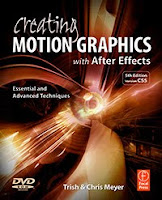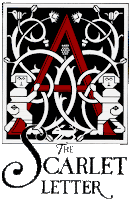 Todd Kopriva
Todd Kopriva has reminded us how to avoid the Community Help Client application if we're having problems. Adobe does have a nice range of
Help via the web,
PDF, and the
Community Help Client AIR app. But some have found it difficult to switch between uses (for example if in an off-web editing room) or have problems with the newish Community Help Client, aka Adobe Help or Adobe Community Help (the latter term is also the name of the
Adobe Support web portal). Others mourn
the
loss of a Table of Contents bar in favor of the
breadcrumb navigation of CS5 Help (the addition of Help commenting can't really be the reason), or find that the one-at-a-time adding of apps to the client plus Exits are a bit cumbersome.
To switch between using a web browser and the Adobe Community Help, in the client select Edit > Preferences > Accessibility Mode. You can also update the client then take it back offline, and there's more options for mass control for network IT types. For more on the client, see the Adobe blog
The Insider, and give feedback at the
Community Help Application forum (the app itself uses 2 other names on your hard drive). The advantage of using the client is that all your help is updated and conveniently in one place.One advantage of using the
PDF version of Help is that you look only on the app version you're using and screen all other content. A minor disadvantage is that you can't get to the Help PDF by using F1 or invoking Help > After Effects Help. Confirming that last statement is an unwieldy search task itself. In any case, it might be possible to change the preference/config file that controls the launch of Help by replacing the URL of AE Help with a local drive location, but that would take some digging (changes to AE prefs or AfterEffects_10.0.helpcfg haven't worked here).
Help is constantly being improved, so it's best to update it regularly. Todd Kopriva
said awhile back that the AE Help PDF is updated "About once per month; each time the HTML version of Help on the Web is updated. I've added nearly 20 pages since October, in addition to dozens of corrections and tweaks."

For more background on Help, see previous posts
AE Help clarification & survey,
AE Help on the way, and more via the tag
Help. I'd like to see more information design to help people find the easy answers. Lists and forums offer answers and recurring problems are easily solved, but answers are often hard to find. There’s a massive amount of help already out there, so it would be good if there was a database with task-based keywords that better matched groups of solutions to problems. Results could include solutions that use built-in tools, and others that provide better and/or faster solutions provided by 3rd party plug-ins and by various tutorials. Hopefully, this would also include searches or "discovery" of metadata in tutorial movies; see
Adobe: 'The future of video is searchable' and other posts on
metadata. The current Help is a step in this direction, but search results can still be unwieldy.
Update: more pictures (not just icons) in Help would also help making reading easier.
 Motionworks tweeted about Screenfonts (from The Font Feed), a monthly commentary on the use of fonts in movie poster design, music video and more.
Motionworks tweeted about Screenfonts (from The Font Feed), a monthly commentary on the use of fonts in movie poster design, music video and more.






























